Turkey: On restoring central bank credibility and EM vulnerability
By Win Thin
The Turkish central bank took a turn back to orthodox policy today despite leaving the benchmark 1-week repo rate unchanged at 5.75%. It dropped the language from several previous meetings about potential easing. The bank did hike the overnight lending rate from 9% to 12.5% and the late liquidity borrowing rate from 12% to 15.5%. These hikes are meant to tighten liquidity by raising the cost of borrowing from the central bank, but we do not think it is enough to change the outlook for the lira yet. What’s needed to restore central bank credibility is a more pronounced tightening in monetary policy, and yet policy-makers are not ready to do this due to slowdown fears.
Source: Bloomberg
However, a look at the underlying fundamentals leads us to believe that a hike in the policy rate could actually be warranted. The current account deficit is on track to exceed -10% of GDP this year, due largely to a wide trade deficit. Import growth has slowed in the July and August to “only” 30% y/y from rates close to 50% y/y in early 2011, but remains fairly strong. Consumer loan growth has barely budged in recent months, hovering around the 40% y/y rate for most of 2011. Headline CPI inflation eased to 6.2% y/y in September from 6.7% y/y in August, and remains above the central bank’s 5.5% target but inside the 3.5-7.5% target range. The target and range drop to 5.0% and 3.0-7.0% in 2012 and 2013. What’s more worrisome is that core inflation surged to 7.0% y/y in September from 6.2% y/y in August, and is the high for the cycle.
Source: Bloomberg
What will likely prevent any monetary tightening for now is the fact that the economy is slowing as policy-makers feared earlier this year. IP growth has slowed in recent months, which suggests a drop-off in Q3 GDP growth from 11.6% y/y in Q1 and 8.8% y/y in Q2. Still, we are heartened by the apparent move towards greater hawkishness on the part of the central bank. For now, rate cuts may be off the table for Turkey.
Source: Bloomberg
The central bank has also highlighted upside inflation risks ahead due to the weak lira, and there appears to be little relief there in the pipeline despite central bank actions. Besides today’s rate hikes, the bank has been intervening aggressively this month with large-scale daily dollar auctions as well as direct FX intervention. This is unsustainable, as Turkey has a very limited war-chest of reserves to work with. Reserves stand at around $85 bln in mid-October compared to a peak of $93 bln in July. Short-term external debt is around $85 bln, while the current account gap in absolute terms is running at almost $90 bln to the twelve months ended in August.
That is a very high external financing requirement, and coming at such a time of shaky risk appetite, it’s no wonder that TRY continues to underperform. USD/TRY remains in an upward sloping bull channel that points to further lira losses ahead. Much will depend on the euro zone developments, but we expect the lira will remain very vulnerable.
Indeed, a look at our EM vulnerability table shows that currency performance across EM has been varied YTD, with countries with twin deficits, high external financing needs, and/or high inflation getting punished the most. MXN (-10% vs. USD YTD) and CLP (-10%) are outliers, but others such as INR (-10%), Vietnam (-7%), Poland (-10% YTD vs. EUR), ZAR (-20%), and TRY -17%) are seeing weakness that we view as justified by weak fundamentals.
Source: Bloomberg, IMF, BBH
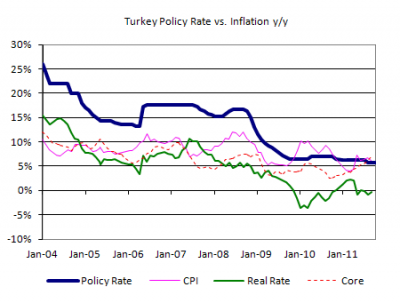
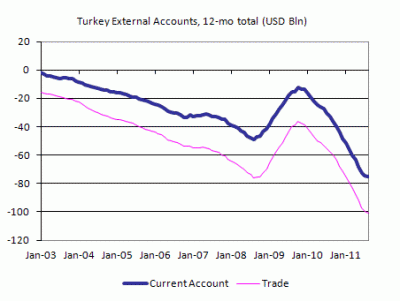
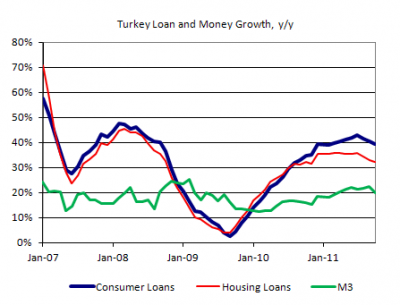
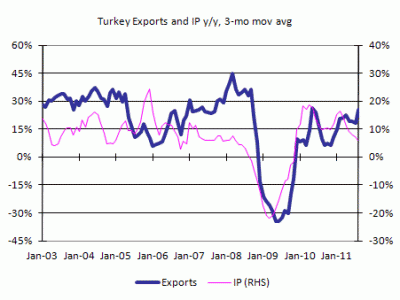

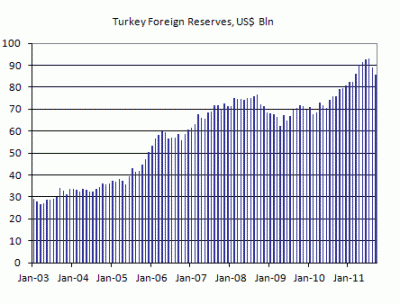
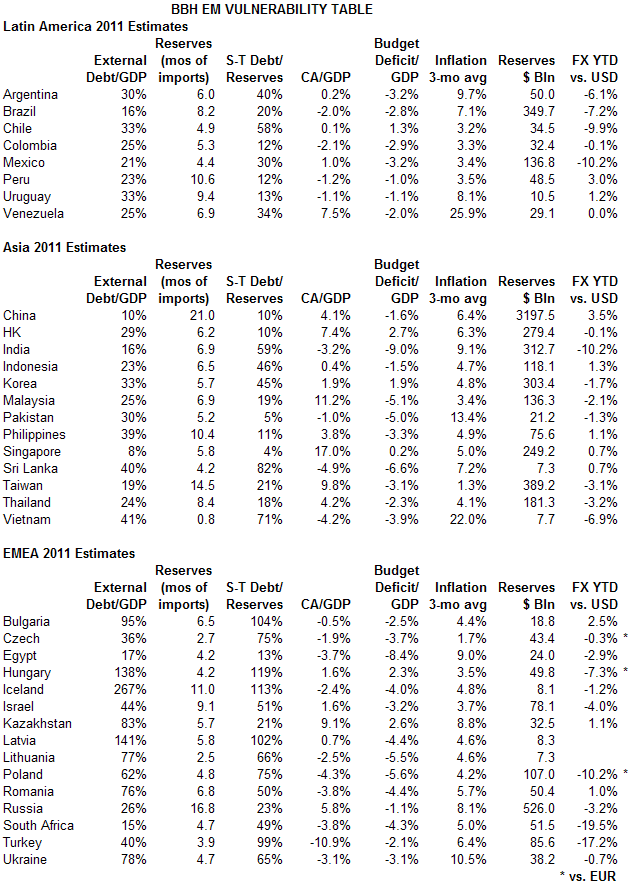
Comments are closed.